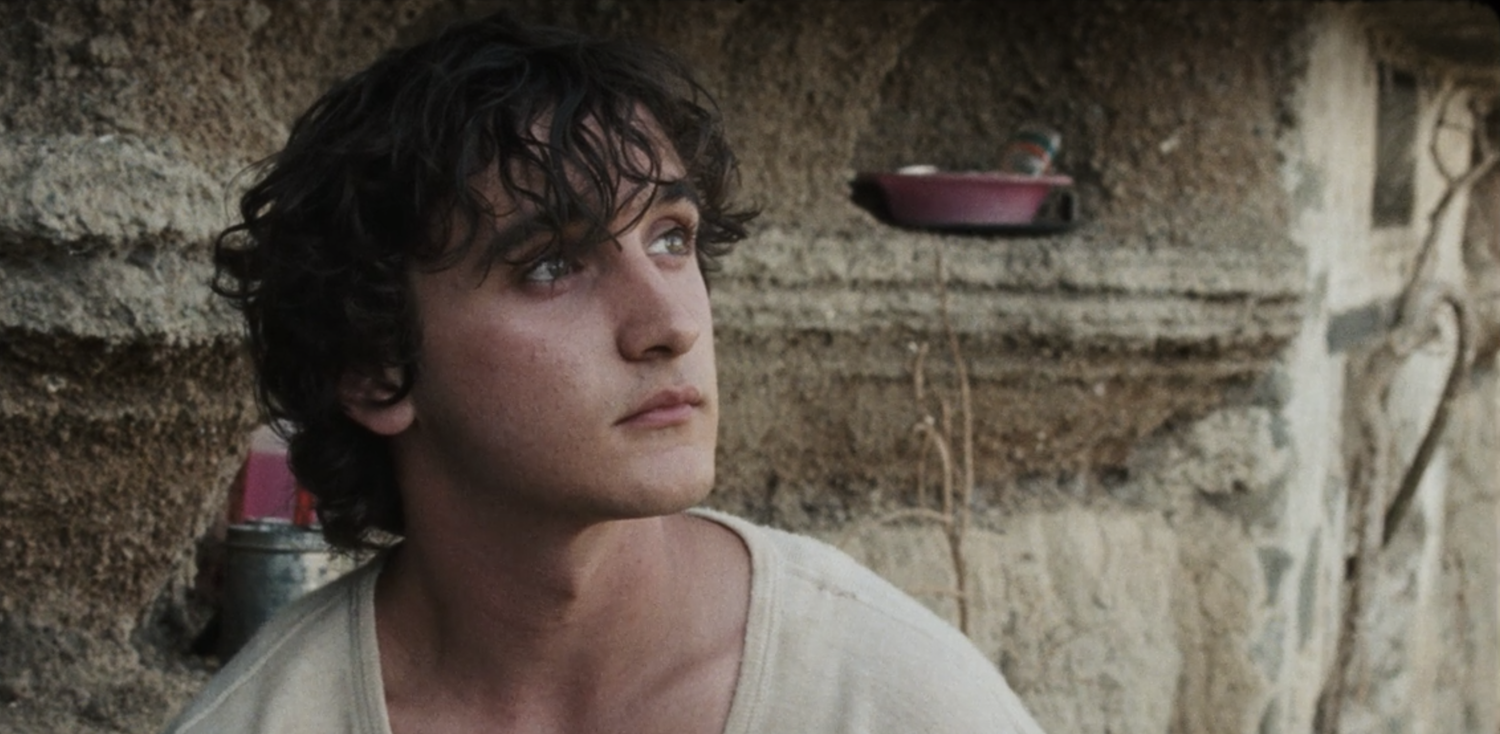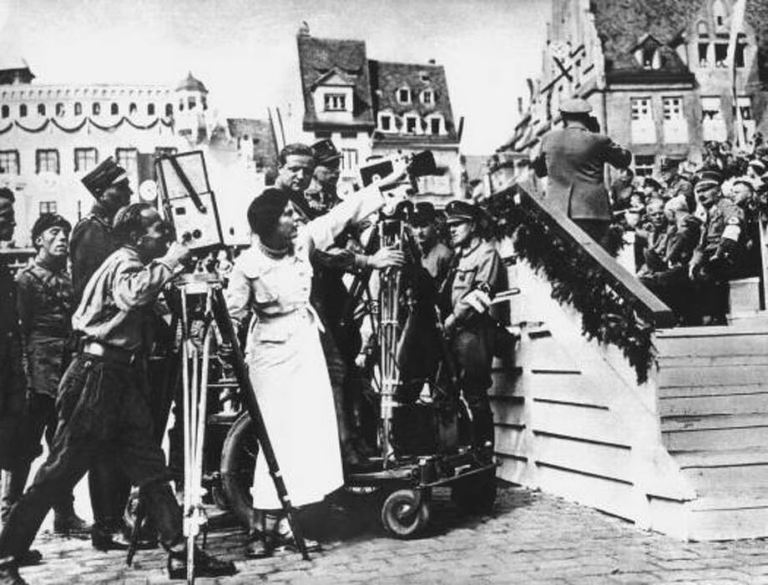“Happy as Lazzaro” stands as a stunning example of contemporary cinema that interlaces timeless innocence and biting social commentary. Directed by Alice Rohrwacher, an auteur celebrated for her poetic storytelling, the film explores the delicate balance between loyalty, naivety, and the harsh realities of exploitation in a world divided by class.
Alice Rohrwacher, an Italian filmmaker, grew up surrounded by the lyrical landscape of the Tuscan countryside, a setting that significantly informs her visual style. Her background in anthropology and literature lends her work a layered depth, combining folklore with realism. Rohrwacher’s ability to seamlessly blend magical elements with grounded narratives has made her a unique voice in contemporary European cinema.
Inspired by her upbringing and observations, “Happy as Lazzaro” carries the director’s signature ethereal touch. The film is set in a fictional rural Italian village named Inviolata, where a tightly-knit community of sharecroppers lives under the thumb of the oppressive Marchesa Alfonsina de Luna. Among them is Lazzaro, a young man whose simplicity and selflessness make him appear almost otherworldly. The character of Lazzaro captures the quintessential “holy fool,” a figure often explored in religious and literary traditions, whose pure-hearted nature sheds light on humanity’s greed and moral corruption.
Visually, the film is breathtaking. Rohrwacher deploys a nostalgic aesthetic, filming on Super 16 mm to evoke the feel of a bygone era. The rich, grainy texture enhances the timelessness of the story, bridging the past and present. The use of natural light highlights the stark beauty of the Italian countryside, contrasting it with the grim realities of the sharecroppers’ lives. Each frame is imbued with a painterly quality, underscoring Rohrwacher’s artful precision and a deep connection to her rural roots.
Music, as in all Rohrwacher’s films, plays a hauntingly integral role in “Happy as Lazzaro.” The soundtrack weaves together traditional folk melodies with operatic influences, underscoring the film’s themes of innocence, sacrifice, and nostalgia. The music often shifts between the diegetic and non-diegetic, blurring reality and fantasy, much like the narrative itself. The harmonies evoke a sense of longing, grounding the story in its cultural heritage while imbuing it with universal resonance.
The narrative evolves in unexpected ways, making a sharp shift midway through the film that challenges viewers’ perceptions of time and reality. Lazzaro’s unwavering kindness becomes a mirror reflecting the exploitative practices of those around him, highlighting the persistence of inequality and human cruelty across generations. Rohrwacher’s script balances the allegorical and the accessible, crafting a story that feels both intimate and vast in its implications.
Ultimately, “Happy as Lazzaro” is a poetic exploration of humanity’s dual capacity for beauty and brutality. Alice Rohrwacher crafts a timeless fable that lingers long after the credits roll, urging audiences to reflect on innocence lost and the enduring power of kindness in an unjust world. The film stands as a testament to the profound impact of storytelling when shaped by a masterful hand, leaving viewers both mesmerized and introspective.
















